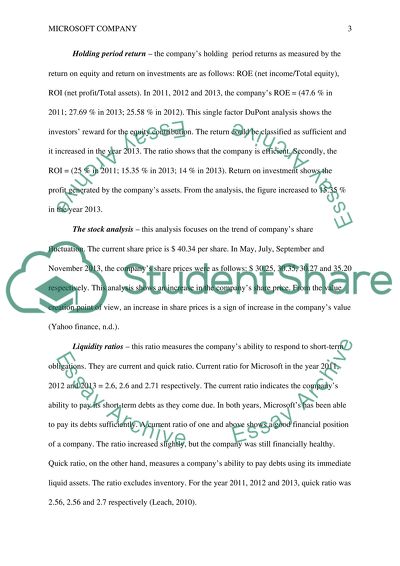Cite this document
(“Microsoft Company Essay Example | Topics and Well Written Essays - 1000 words”, n.d.)
Retrieved from https://studentshare.org/finance-accounting/1635030-microsoft-company
Retrieved from https://studentshare.org/finance-accounting/1635030-microsoft-company
(Microsoft Company Essay Example | Topics and Well Written Essays - 1000 Words)
https://studentshare.org/finance-accounting/1635030-microsoft-company.
https://studentshare.org/finance-accounting/1635030-microsoft-company.
“Microsoft Company Essay Example | Topics and Well Written Essays - 1000 Words”, n.d. https://studentshare.org/finance-accounting/1635030-microsoft-company.


